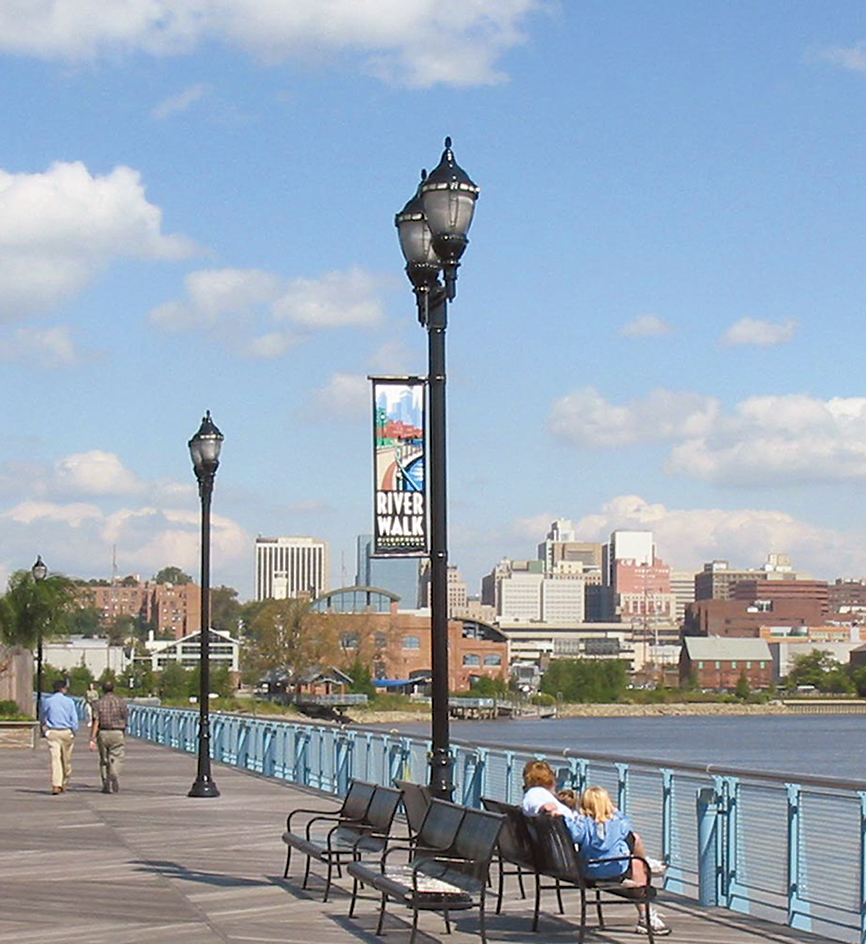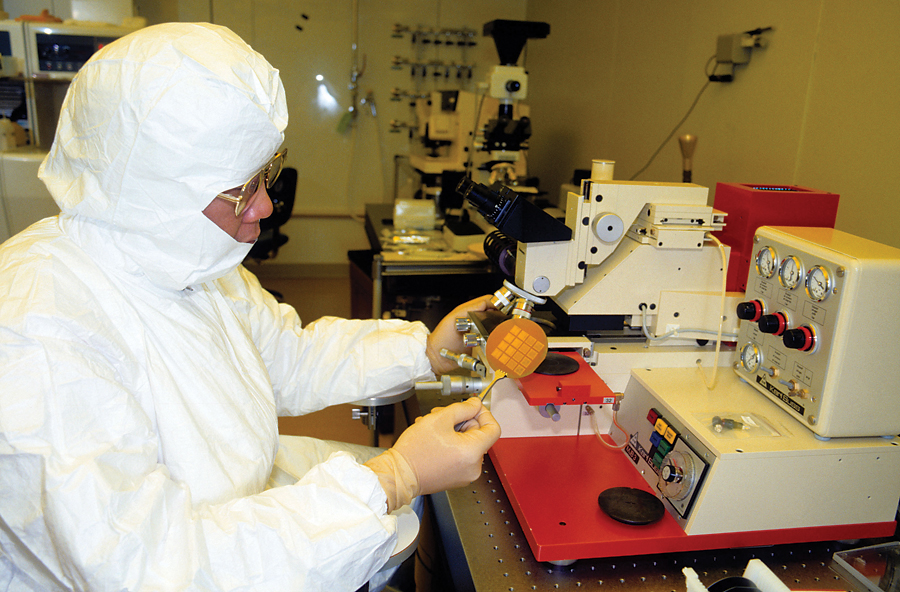Wilmington (pop. 70,898) is the largest city and chief manufacturing and financial center of Delaware. Leading chemical firms in the area include DuPont, which has one of its headquarters in Wilmington. The city is in the Brandywine Valley in northeast Delaware, where the Brandywine and Christina rivers join the Delaware River. Wilmington, Philadelphia, and Camden, New Jersey, are part of a metropolitan area that has 6,245,051 people.

Description.
Wilmington, the county seat of New Castle County, covers 11 square miles (28 square kilometers) of land. It has a mayor-council form of government.
Tourist sites include Fort Christina Park and Monument, Old Swedes Church, and a memorial to African American Medal of Honor winners. The Playhouse on Rodney Square, which is in the Hotel du Pont, and the Grand Opera House present performing arts. The Chase Center on the Riverfront and a minor league baseball stadium are on the Christina River waterfront.

Several museums are in or near the city. The Hagley Museum and Library features exhibits of industries of the 1800’s, including the original DuPont gunpowder mills. The Winterthur Museum, Garden & Library has a collection of early American furniture. Three du Pont family estates are open to the public. Other museums include the Delaware Art Museum and the Delaware Museum of Nature & Science. Schools in the area include Goldey-Beacom College, the University of Delaware, Widener University Delaware Law School, Wilmington University, and a campus of Springfield College.
Wilmington’s chief employers are banks and chemical and pharmaceutical firms. Other economic activities include biotechnology, health care, and financial service industries. The port on the Delaware River is a center for exporting and importing automobiles, fruit, lumber, and mineral products. Oceangoing ships dock there. Delaware Bay links the Delaware River and the Atlantic Ocean.

History.
Indigenous (native) Delaware people lived in what is now the Wilmington area before European settlers arrived. In 1638, Swedish colonists arrived and planned to set up a fur-trading and shipping center along the river they named the Christina. The colonists chose a site with a natural wharf, and there they built Fort Christina. Dutch forces seized the settlement in 1655. The English captured it in 1664, and, in 1739, they named the settlement Wilmington in honor of the Earl of Wilmington.
In 1802, Éleuthère Irénée du Pont, a French chemist, built gunpowder mills near Wilmington. They grew into the DuPont Company. Many other firms also set up offices in the city during the 1800’s and 1900’s.
In the 1970’s, a six-block mall was completed in downtown Wilmington. It includes Old Town Hall and the Delaware Historical Society, several houses built during the 1700’s, a performing-arts center, office buildings, and branches of several colleges. Redevelopment projects in the 1980’s included converting old mills on the Brandywine River into town houses. In the 1990’s, the city began to revitalize the Christina River waterfront area on its southern edge. Features of the area include the Riverwalk, which passes a number of park areas, shops, and other attractions.
See also Delaware (Visitor’s guide).
